Home>Garden Essentials>Why Does My Cat Water Fountain Foam
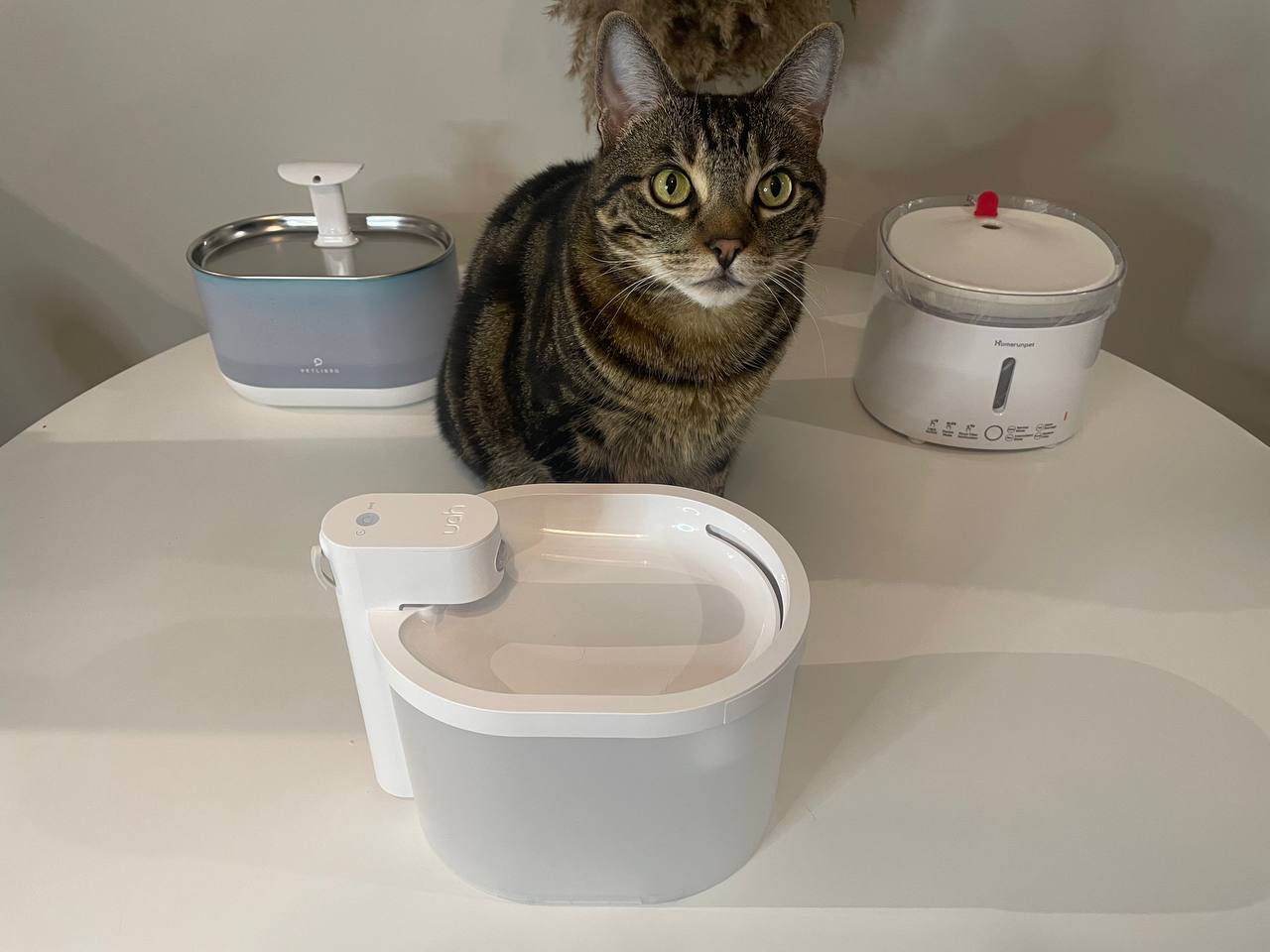

Garden Essentials
Why Does My Cat Water Fountain Foam
Modified: August 17, 2024
Discover the reasons behind your cat water fountain foaming and find out how to prevent it. Find solutions for your garden cat water fountain foaming here.
(Many of the links in this article redirect to a specific reviewed product. Your purchase of these products through affiliate links helps to generate commission for Storables.com, at no extra cost. Learn more)
Introduction
Cat water fountains have become increasingly popular among pet owners as they offer a convenient and effective way to keep cats hydrated. These fountains provide a continuous flow of fresh, filtered water, mimicking the natural streams that cats would find in the wild.
However, despite the numerous benefits they offer, cat water fountains can sometimes present certain issues that pet owners need to address. One common concern is the presence of foam in the water fountain. While it may seem harmless, it is essential to understand the causes of this foaming and how it can affect your cat’s health.
In this article, we will delve deeper into why cat water fountains may develop foam and discuss preventive measures to ensure the water remains clean and free of any potential health hazards for your feline companion.
Key Takeaways:
- Foam in cat water fountains is caused by factors like aeration, protein buildup, and poor water quality. Regular cleaning, rinsing, and monitoring water quality can help minimize foam and keep the water clean and inviting for your cat.
- Excessive foam in cat water fountains may deter cats from drinking, leading to potential dehydration and health issues. By addressing foam causes and implementing preventive measures, you can ensure a safe and appealing water source for your feline friend.
Read more: Why Is My Catit Water Fountain Not Working
Understanding Cat Water Fountains
Cat water fountains are designed to provide a continuous supply of fresh, flowing water for your furry friend. They come in various styles, including ceramic, stainless steel, or plastic, and typically consist of a water reservoir, a pump, and a filtration system.
These fountains offer several advantages over traditional water bowls. Firstly, the constant flow of water entices cats to drink more, which helps to prevent dehydration and promote kidney health. In addition, the flowing water is highly oxygenated, ensuring a fresh and clean water source at all times.
The filtration system in cat water fountains effectively removes impurities and contaminants from the water, such as hair, debris, and bacteria. This ensures that the water remains clean and safe for your cat to consume.
Another benefit of cat water fountains is their ability to encourage your cat’s natural instincts. In the wild, cats are instinctively drawn to running water, which is often associated with freshness and purity. By providing a flowing water source, cat water fountains tap into this instinct and make drinking more appealing to your cat.
It is important to note that not all cats immediately adapt to using a water fountain. Some may require a period of adjustment before they feel comfortable drinking from it. Patience and persistence during this transition phase are key to successfully integrating a water fountain into your cat’s routine.
Common Issues with Cat Water Fountains
While cat water fountains offer numerous benefits, there are a few common issues that pet owners may encounter:
- Noise: Some cat water fountains can produce a noticeable humming or gurgling sound due to the pump. This noise may be disruptive, especially if placed in a quiet area of your home. However, there are quieter models available on the market that minimize noise.
- Water Splashing: In some cases, when cats drink from the water fountain, they can create splashing, resulting in water spilling outside the fountain. This can lead to a messy and wet environment. Placing a mat or tray underneath the fountain can help prevent water damage and keep the area clean.
- Clogging: Over time, cat hair, debris, and mineral deposits can accumulate in the pump or the filtration system, leading to clogging issues. Regular cleaning and maintenance are essential to ensure a smooth flow of water and prevent any blockages.
- Foam: Foam in cat water fountains is another common issue that pet owners may encounter. This foam can develop on the surface of the water, making it unappealing for your cat to drink. Additionally, it raises concerns about the quality and cleanliness of the water.
- Mold and Bacterial Growth: If not cleaned regularly, cat water fountains can become a breeding ground for mold, algae, and bacteria. This can pose a risk to your cat’s health and lead to various problems, including gastrointestinal issues.
While these issues may arise, it is crucial to address them promptly to ensure the continued health and well-being of your cat. Regular maintenance, cleaning, and the use of proper filtration systems can help minimize and prevent these common issues.
Foam in Cat Water Fountains
One of the common concerns that cat owners may face when using a water fountain is the development of foam in the water. Foam can appear as a layer on the surface, making the water appear cloudy and unappealing for cats to drink.
The presence of foam can be unsettling, but it is important to understand that it is usually caused by harmless factors and can often be easily addressed.
Foam in cat water fountains is typically the result of aeration, which occurs when air is mixed with water during its movement through the fountain. When water flows over a surface or cascades down a stream, it picks up air and forms bubbles, resulting in the formation of foam.
The intensity of foam can vary, from small patches to a thick layer, depending on the specific fountain design and the rate of water flow. In most cases, a small amount of foam is harmless and does not pose any significant health risks to your cat.
However, it is important to monitor the foam level and take action if it becomes excessive or persistent. Excessive foam may indicate an underlying issue that needs to be addressed to ensure the water remains clean and safe for your cat.
Next, we will explore the possible causes of foam in cat water fountains and discuss preventive measures to minimize its occurrence.
Foaming in a cat water fountain can be caused by a buildup of organic matter or soap residue. To prevent this, regularly clean the fountain with a pet-safe cleaner and rinse thoroughly.
Causes of Foam in Cat Water Fountains
Understanding the causes of foam in cat water fountains is essential to effectively address and prevent this issue. Here are some common factors that contribute to foam formation:
- Detergents or Cleaning Agents: If the water fountain is not thoroughly rinsed after cleaning, traces of detergent or cleaning agents may remain in the fountain. These substances can cause the water to foam when the pump is activated. Always ensure that the fountain is properly rinsed to remove any leftover cleaning agents.
- High Water Pressure: If the water pressure in your home is too high, it can lead to increased turbulence within the fountain, promoting foaming. To counteract this, adjust the water pressure to a suitable level or consider using a pressure regulator to control the flow.
- Protein Build-up: Protein can accumulate in the water over time, especially if your cat’s saliva mixes with the water during drinking. The presence of proteins can contribute to foaming. Regular cleaning and maintenance of the fountain, including the removal of any biofilm or residue, can help reduce protein buildup.
- Organic Matter and Debris: If the fountain is located near plants, debris such as leaves or small insects may find their way into the water. The decomposition of organic matter or the presence of foreign substances can cause foam formation. Keeping the fountain away from sources of debris and regularly cleaning the water reservoir can prevent this issue.
- Water Quality: Poor water quality, especially water with high levels of minerals or chemicals, can contribute to foaming. Hard water, which contains an excess of calcium and magnesium, is a common culprit. Using filtered or distilled water can help prevent foaming caused by poor water quality.
- Poor Pump Performance: If the pump in your cat water fountain is not functioning efficiently, it can lead to improper water circulation and aeration, resulting in foam. Check the pump regularly to ensure it is clean and functioning properly.
By identifying the specific cause of foam in your cat water fountain, you can take appropriate measures to address it and maintain a clean and appealing water source for your feline companion.
Read more: What Is The Best Water Fountain For Cats
Effect of Foam on Cat’s Health
While foam in cat water fountains may be concerning, it is important to understand its potential effects on your cat’s health. In most cases, a small amount of foam is harmless and does not pose any significant risks. However, excessive foam or prolonged foam presence may indicate underlying issues that could potentially impact your cat’s well-being.
One potential issue with foam in cat water fountains is that it may deter cats from drinking the water. Cats can be particular about the cleanliness and taste of their water, and a foam-covered surface may discourage them from drinking. A dehydrated cat may experience a range of health problems, including urinary tract issues and reduced kidney function. Therefore, it is crucial to address excessive foam to ensure your cat remains adequately hydrated.
In addition, foaming could indicate that the water quality in the fountain is compromised. Foam may be a sign of organic matter or debris in the water, which can potentially harbor harmful bacteria, fungi, or other pathogens. Consumption of contaminated water can lead to gastrointestinal issues, such as diarrhea and vomiting, in cats. It is essential to monitor the foam level and take appropriate actions to maintain a clean and safe water source for your feline companion.
If you notice persistent or excessive foam in your cat’s water fountain, it is recommended to consult your veterinarian. They can provide guidance and assess any potential health risks to your cat. Additionally, they may recommend additional measures, such as water testing or using specific water additives, to ensure optimal water quality and minimize foam formation.
Regular maintenance and cleaning of the water fountain are crucial in preventing excessive foam. This includes frequent water changes, cleaning the fountain components, and replacing or cleaning the filters as required. By maintaining a clean and well-functioning water fountain, you can help ensure your cat has access to a fresh and inviting water source, promoting their overall health and well-being.
Preventing and Reducing Foam in Cat Water Fountains
To maintain a clean and inviting water source for your cat, it is essential to prevent and reduce foam formation in cat water fountains. Here are some preventive measures you can take:
- Regular Cleaning: Clean the water fountain regularly to remove any debris, organic matter, or residue that may contribute to foam. Follow the manufacturer’s instructions for cleaning and ensure that all components, including the pump and filters, are thoroughly cleaned and free from build-up.
- Rinse Thoroughly: After cleaning the water fountain, make sure to rinse it thoroughly to remove any traces of cleaning agents or detergent. Residual cleaning agents can cause the water to foam when the fountain is in use.
- Monitor Water Quality: Test the water quality periodically to ensure it is free from excessive minerals or other contaminants that may contribute to foaming. Consider using filtered or distilled water to maintain optimal water quality.
- Control Water Flow: If the water fountain allows for adjusting the flow rate, consider reducing it slightly. This can help minimize turbulence and aeration, reducing the chances of foam formation.
- Check Pump Performance: Ensure that the pump in your cat water fountain is in good working condition. Regularly clean and maintain the pump to ensure proper water circulation and minimize foaming.
- Use Antifoaming Agents: In some cases, adding a small amount of antifoaming agent designed for aquariums can help reduce foam in the water fountain. However, it is important to follow the instructions provided and consult with a veterinarian before using any additives.
- Observe Your Cat’s Behavior: Monitor your cat’s drinking habits and behavior around the water fountain. If you notice that they are consistently avoiding the water due to foam, consider addressing the issue promptly or exploring alternative water sources.
- Replace Filters: Regularly replace the filters in your cat water fountain as recommended by the manufacturer. Filters can become clogged and lose their effectiveness over time, leading to poor water quality and potential foaming.
By implementing these preventive measures and maintaining a consistent cleaning and maintenance routine, you can reduce the likelihood of foam formation in your cat water fountain. This will help ensure that your furry friend has access to clean, fresh, and foam-free water at all times.
Conclusion
Cat water fountains provide a convenient and effective way to keep your furry companion hydrated. While foam in cat water fountains may be a common issue, it is generally harmless and can be easily addressed with proper maintenance and care.
Understanding the causes of foam in cat water fountains, such as aeration, protein buildup, or poor water quality, is crucial in taking preventive measures. Regular cleaning, rinsing, and monitoring of water quality can help minimize foam formation and maintain a clean and inviting water source for your cat.
Excessive foam or persistent presence of foam should be addressed promptly to ensure your cat’s optimal health and well-being. Foam may prevent cats from drinking the water, leading to potential dehydration and associated health issues. Additionally, foam could be an indicator of compromised water quality, posing risks of ingesting harmful pathogens or contaminants.
By following a regular cleaning and maintenance routine, monitoring water quality, and taking appropriate steps to reduce foam, you can ensure that your cat water fountain remains a safe and enticing source of hydration for your feline companion.
Remember to consult with your veterinarian if you have any concerns or if the foam persists despite your efforts. They can provide valuable guidance and recommendations tailored to your specific situation.
With proper care and attention, you can provide your cat with a clean and enjoyable water fountain experience, promoting their health and ensuring they stay hydrated and happy.
Frequently Asked Questions about Why Does My Cat Water Fountain Foam
Was this page helpful?
At Storables.com, we guarantee accurate and reliable information. Our content, validated by Expert Board Contributors, is crafted following stringent Editorial Policies. We're committed to providing you with well-researched, expert-backed insights for all your informational needs.
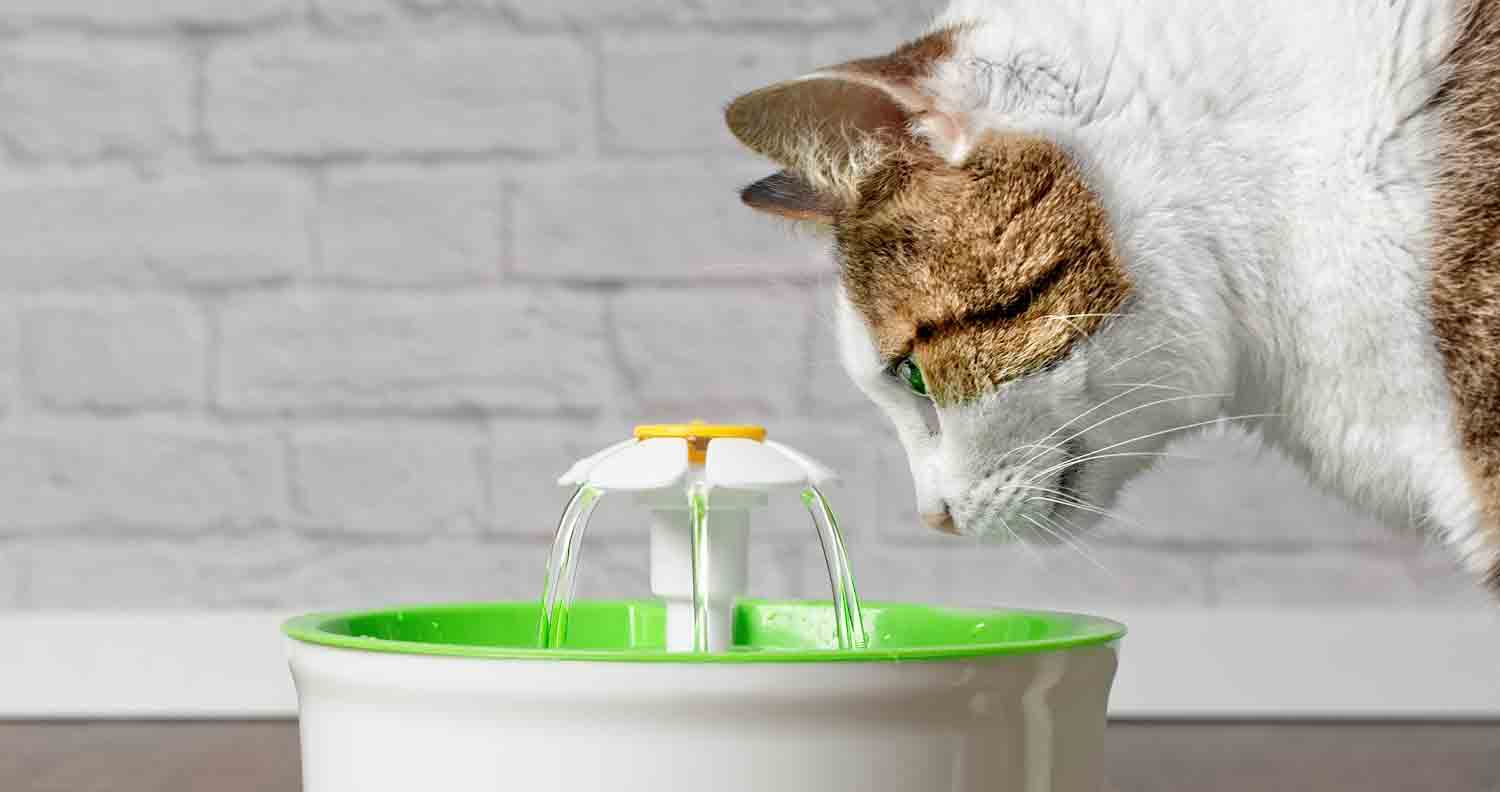
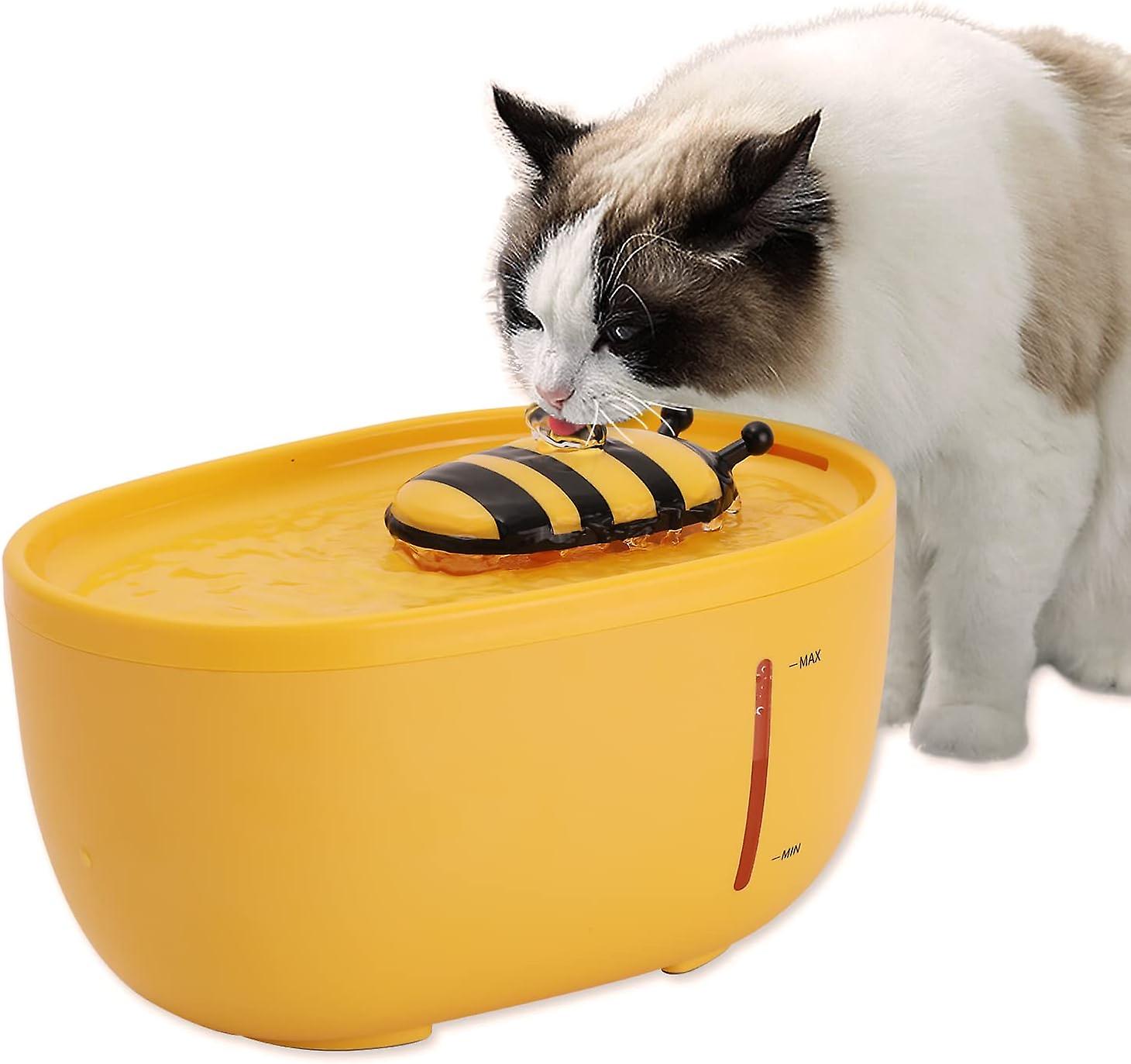
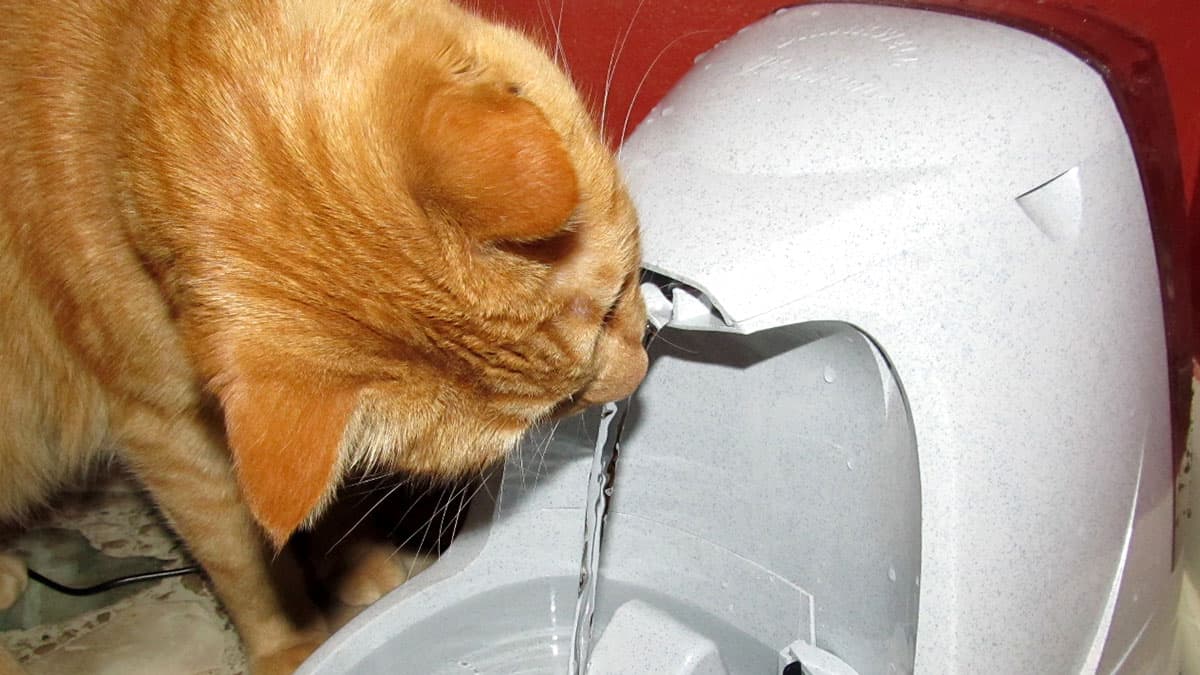
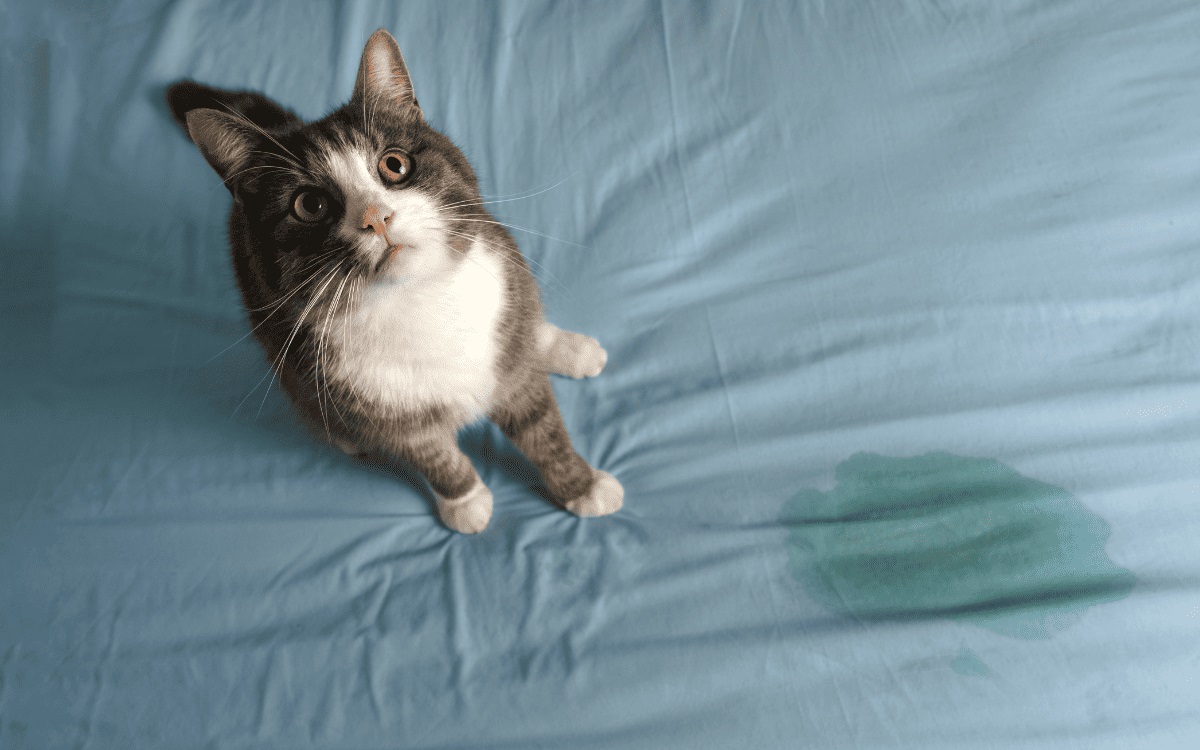
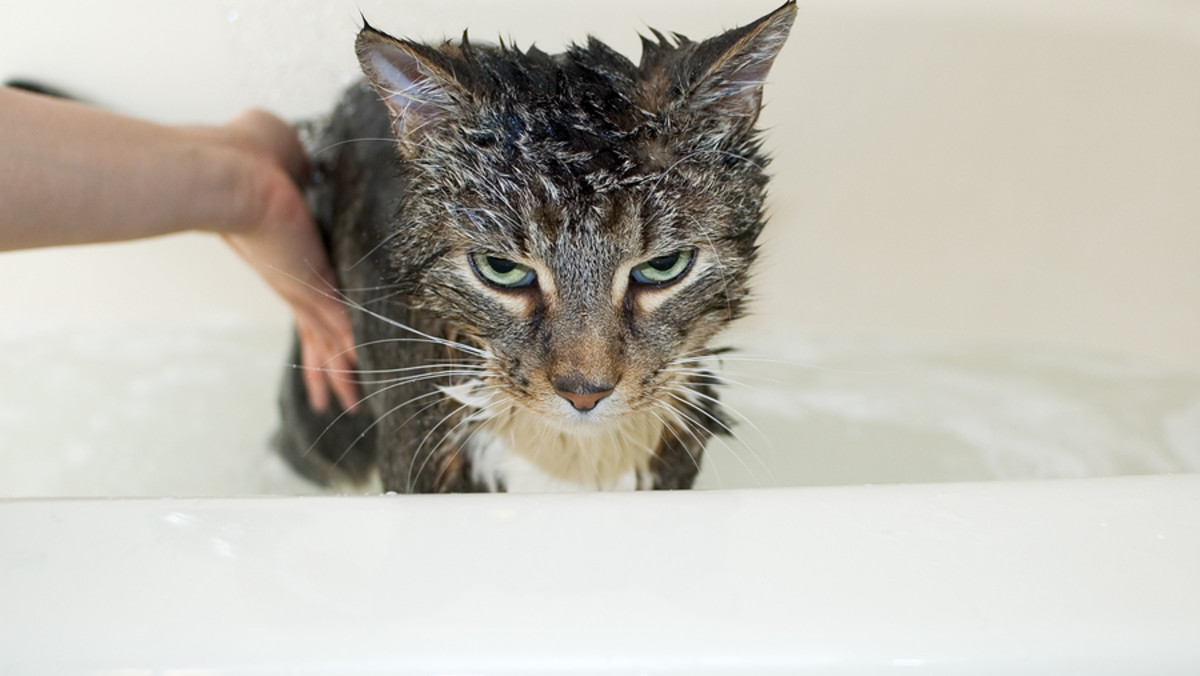
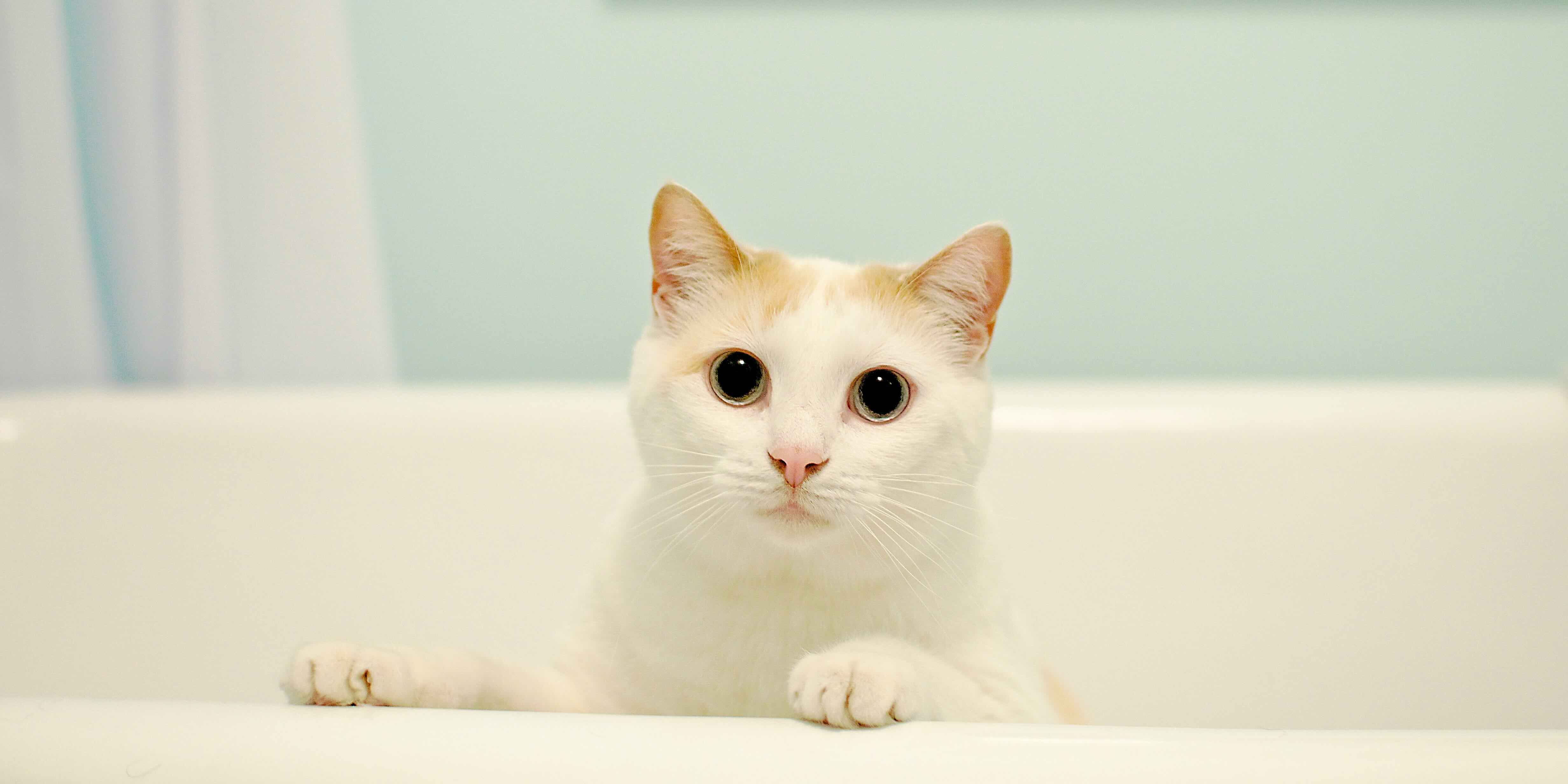
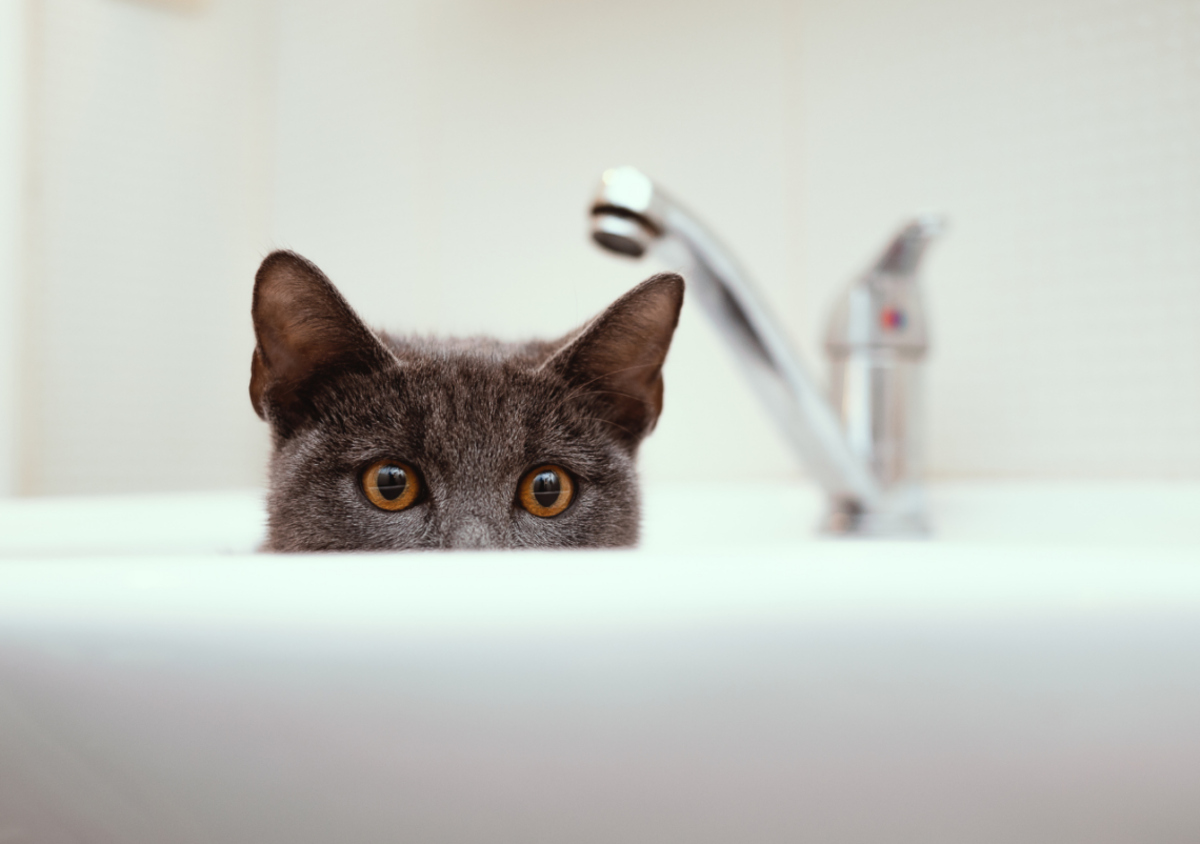
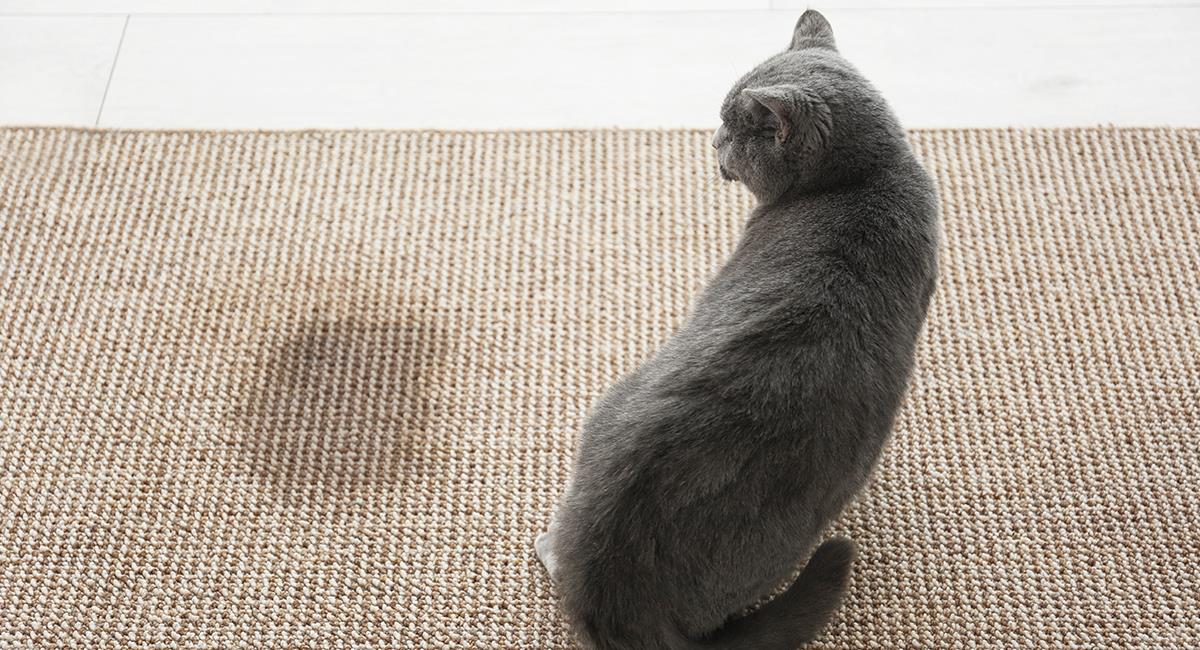

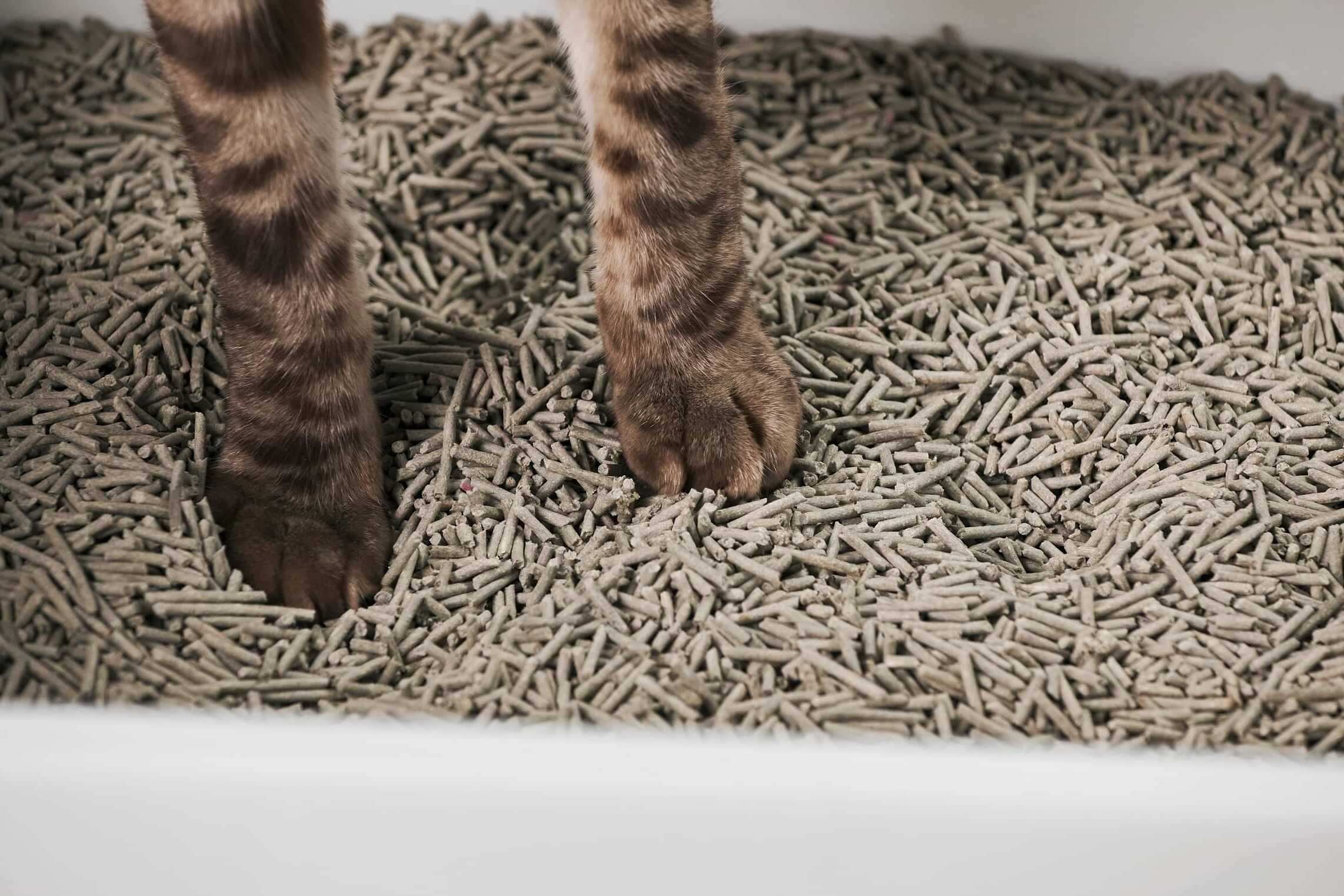
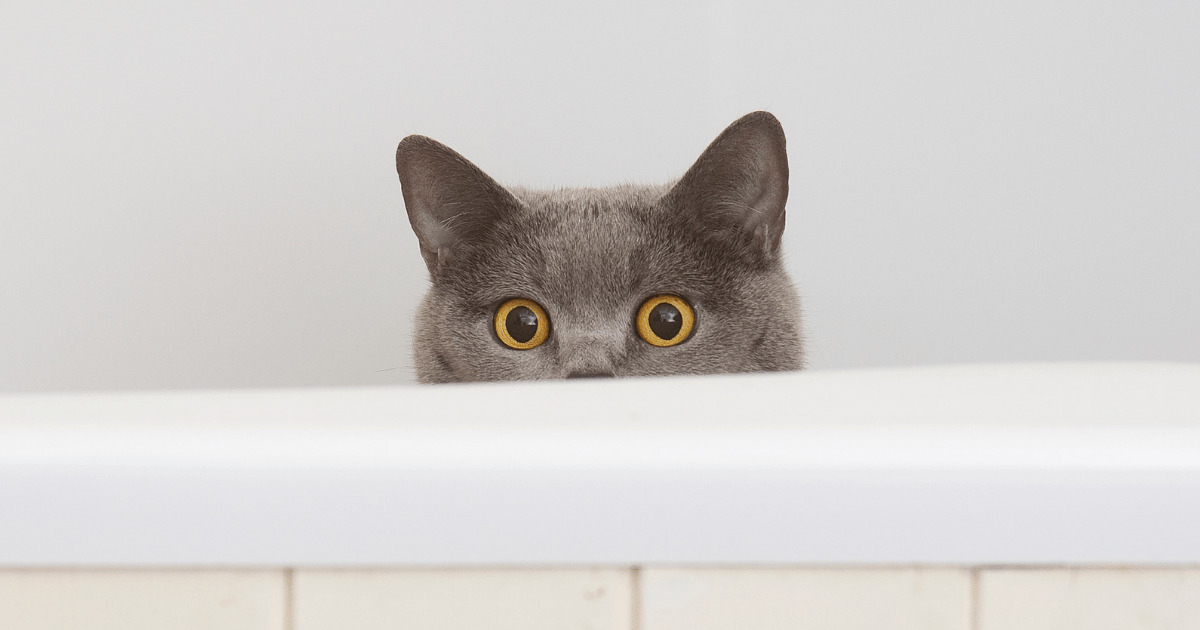
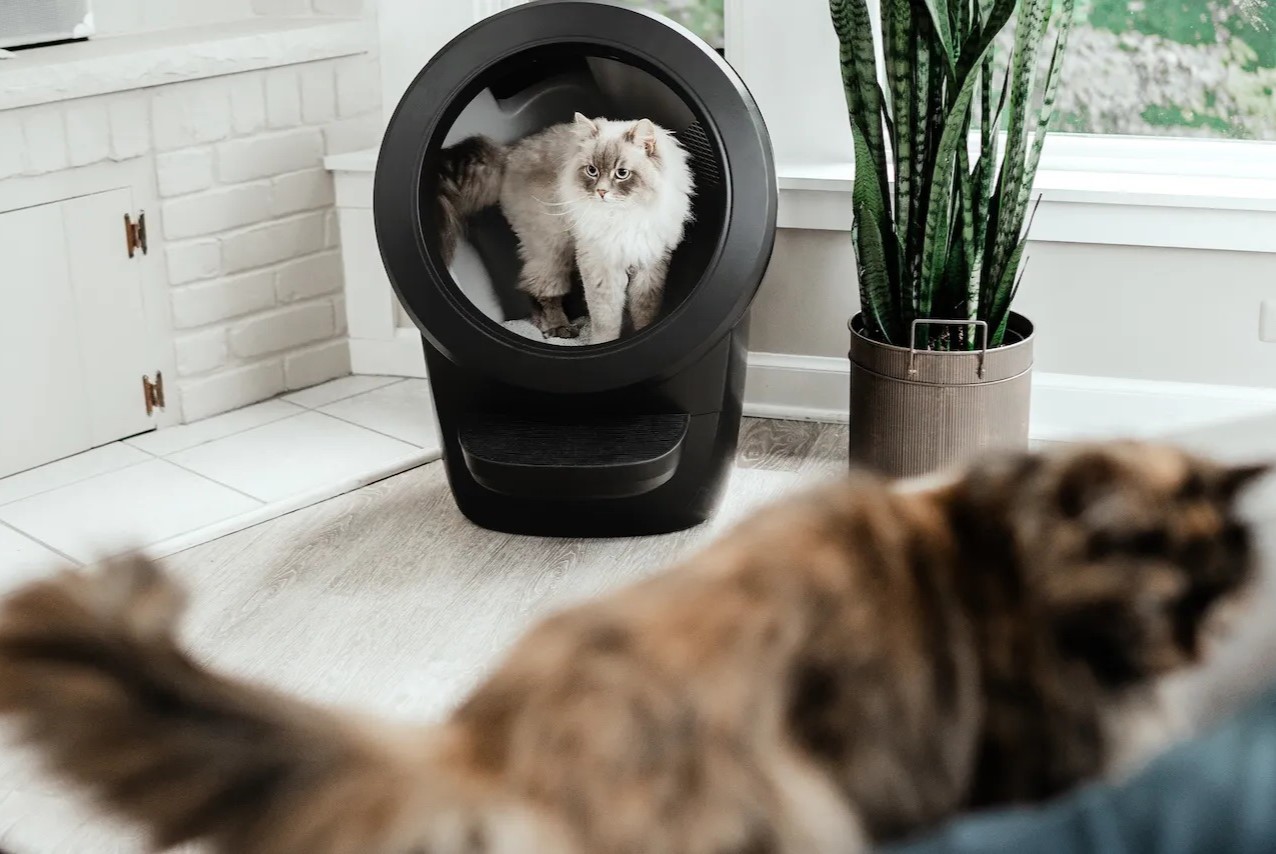
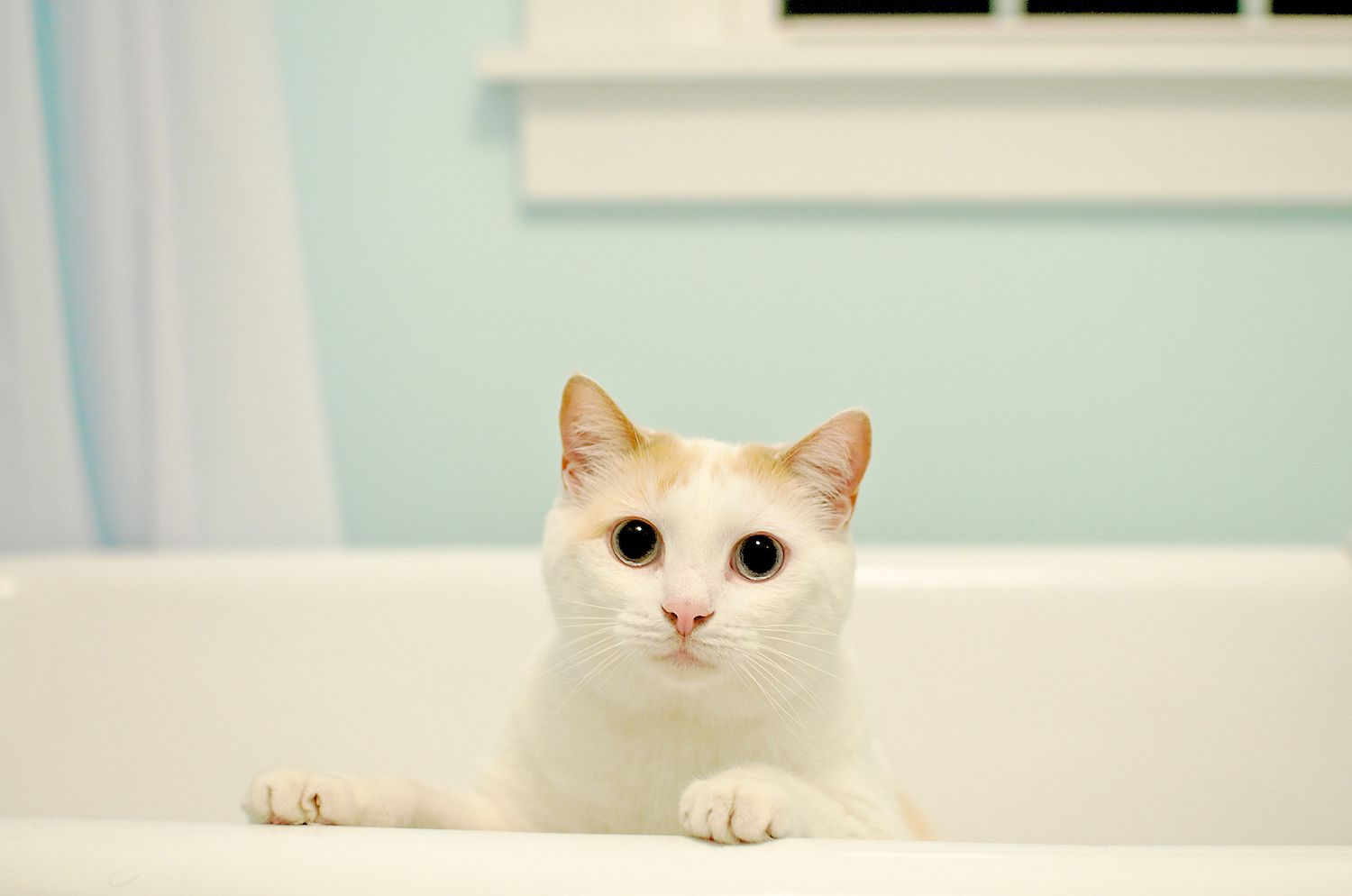
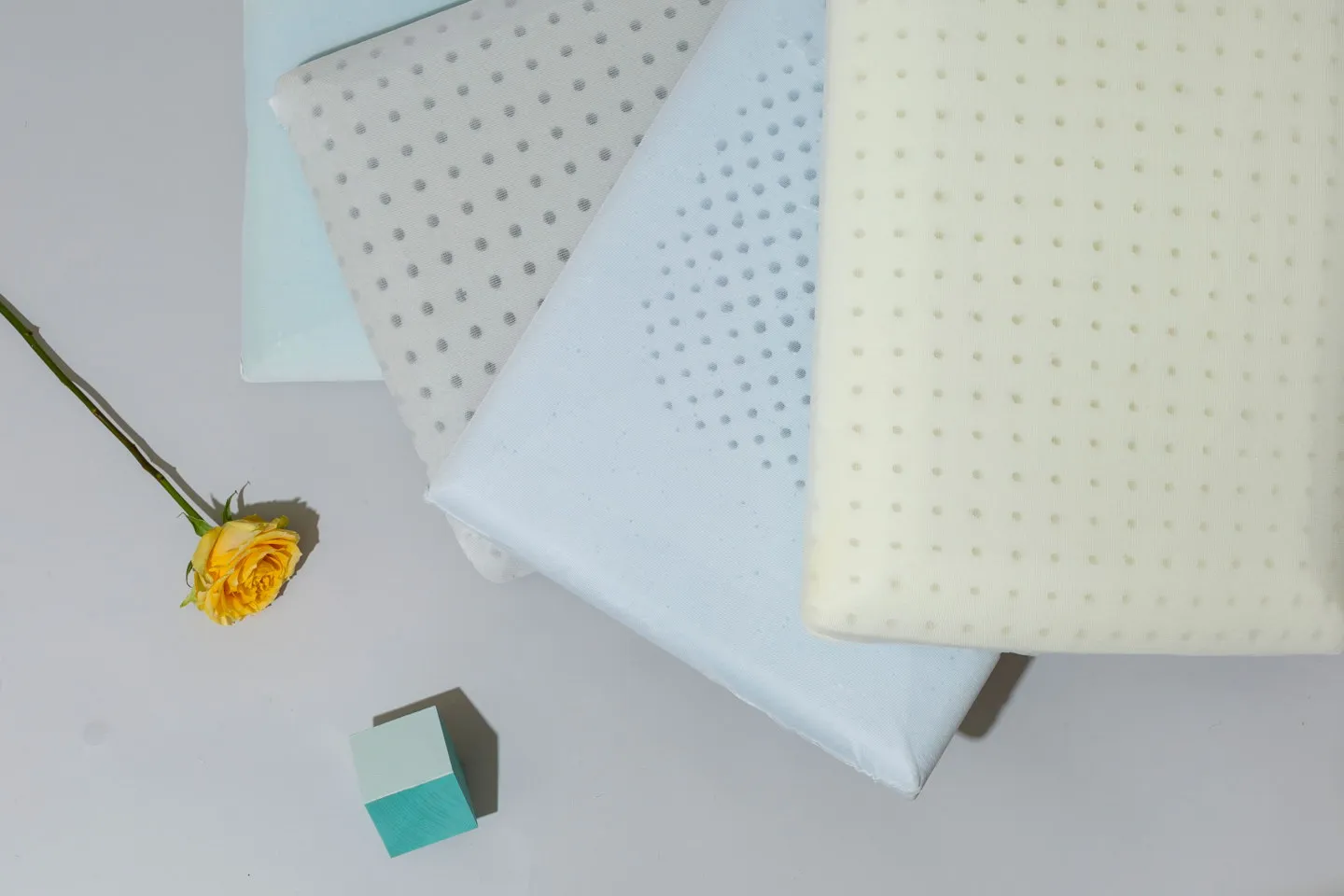

0 thoughts on “Why Does My Cat Water Fountain Foam”